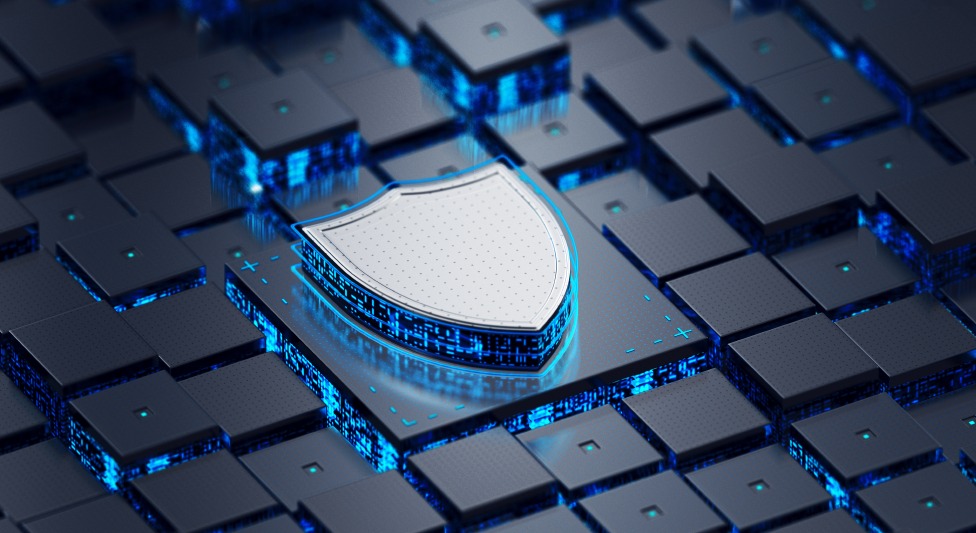In today’s complex cybersecurity landscape, organizations face an array of sophisticated threats that constantly evolve in their tactics and techniques. Traditional security measures are no longer sufficient to defend against these advanced threats, particularly those targeting endpoints—devices such as laptops, desktops, and servers. Endpoint Detection and Response (EDR) solutions have emerged as a critical component of modern cybersecurity strategies, providing organizations with enhanced visibility into endpoint activities and enabling rapid response to security incidents.
Understanding Endpoint Detection and Response (EDR)
Endpoint Detection and Response (EDR) refers to a category of cybersecurity solutions designed to monitor and analyze endpoint activities in real-time, detect suspicious behavior, and respond to security incidents swiftly. Unlike traditional antivirus software, which focuses on signature-based detection of known threats, EDR solutions leverage advanced analytics, machine learning, and behavioral analysis to identify and mitigate both known and unknown threats.
One of the key features of EDR solutions is continuous monitoring of endpoint activity, including file and process executions, network connections, and system configurations. By collecting and correlating endpoint telemetry data, EDR solutions can identify anomalous behavior indicative of potential security threats, such as malware infections, unauthorized access attempts, and data exfiltration.
Benefits of Endpoint Detection and Response (EDR)
1. Enhanced Security Visibility
EDR solutions provide organizations with granular visibility into endpoint activities, allowing security teams to monitor and analyze every interaction and event occurring on endpoints in real-time. This enhanced visibility enables organizations to detect and investigate security incidents more effectively, identify the root causes of security breaches, and track the lateral movement of threats across the network.
2. Rapid Incident Response
In addition to detecting security threats, EDR solutions enable organizations to respond to incidents swiftly and decisively. By automating response actions and orchestrating remediation workflows, EDR solutions help minimize the time between detection and containment, reducing the impact of security breaches and preventing further damage to the organization’s infrastructure and data.
3. Advanced Threat Detection
EDR solutions employ a wide range of detection techniques, including signature-based detection, heuristic analysis, and behavioral monitoring, to identify both known and unknown threats. By continuously analyzing endpoint telemetry data and correlating it with threat intelligence feeds, EDR solutions can detect sophisticated threats, such as zero-day exploits, advanced persistent threats (APTs), and fileless malware attacks, that may evade traditional security defenses.
4. Forensic Capabilities
EDR solutions provide organizations with forensic capabilities that enable detailed investigation and analysis of security incidents. By capturing and storing endpoint telemetry data, including process execution logs, file system changes, and network traffic, EDR solutions allow security teams to reconstruct the timeline of events leading up to a security incident, identify the methods used by attackers, and assess the scope and impact of the breach.
Key Components of Endpoint Detection and Response (EDR)
1. Endpoint Agents
EDR solutions typically rely on lightweight endpoint agents deployed on individual devices to collect telemetry data and enforce security policies. These agents continuously monitor endpoint activities and report relevant information to a centralized management console for analysis and response.
2. Centralized Management Console
The centralized management console serves as the command center for the EDR solution, providing security teams with a unified view of endpoint activities, alerts, and incidents. From the management console, security teams can configure security policies, investigate security alerts, and orchestrate response actions across the organization’s endpoint infrastructure.
3. Analytics Engine
The analytics engine is the core component of the EDR solution responsible for analyzing endpoint telemetry data and identifying security threats. Leveraging advanced analytics techniques, including machine learning and behavioral analysis, the analytics engine detects anomalous behavior indicative of potential security incidents and generates alerts for further investigation.
4. Incident Response Orchestration
EDR solutions often include incident response orchestration capabilities that enable automated response actions and remediation workflows. By defining predefined response playbooks and automated response actions, organizations can streamline incident response processes, reduce manual intervention, and accelerate the containment and remediation of security incidents.
Conclusion
Endpoint Detection and Response (EDR) solutions play a crucial role in enhancing organizations’ security visibility and incident response capabilities in today’s evolving threat landscape. By continuously monitoring endpoint activities, detecting suspicious behavior, and enabling rapid response to security incidents, EDR solutions help organizations mitigate the risk of data breaches, minimize the impact of security breaches, and safeguard their critical assets and data.
As cyber threats continue to evolve in sophistication and complexity, investing in robust EDR solutions becomes increasingly essential for organizations seeking to strengthen their cybersecurity defenses and protect against emerging threats. By understanding the benefits and key components of EDR solutions, organizations can make informed decisions and effectively leverage these technologies to enhance their security posture and resilience against cyber threats.
